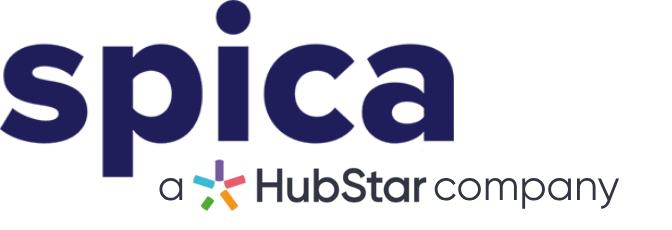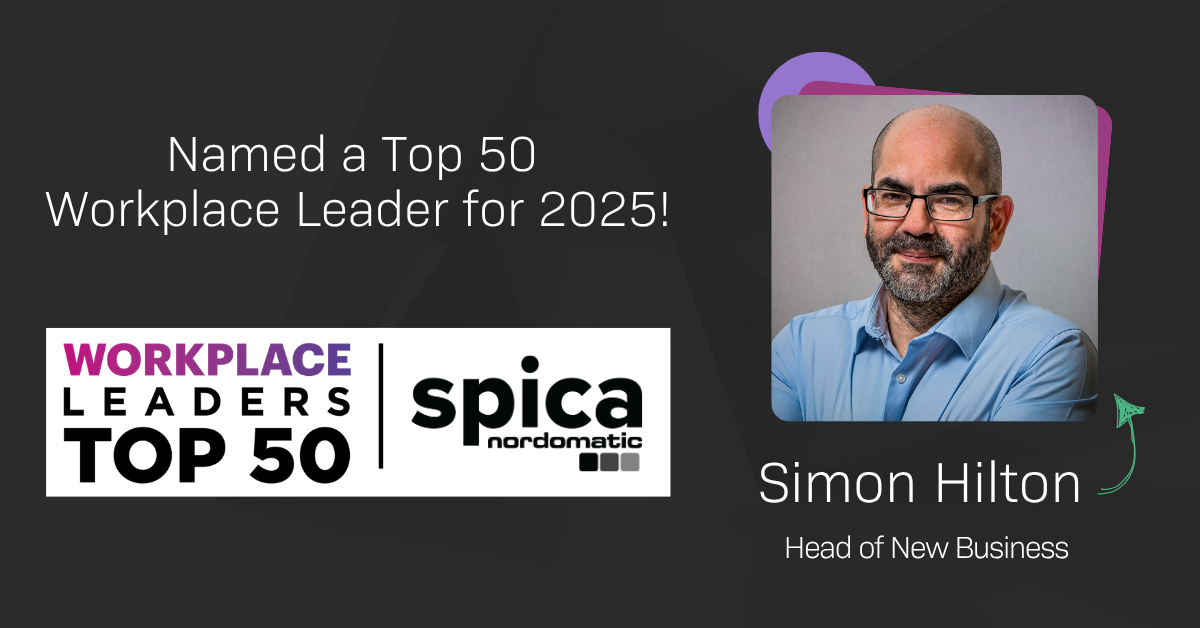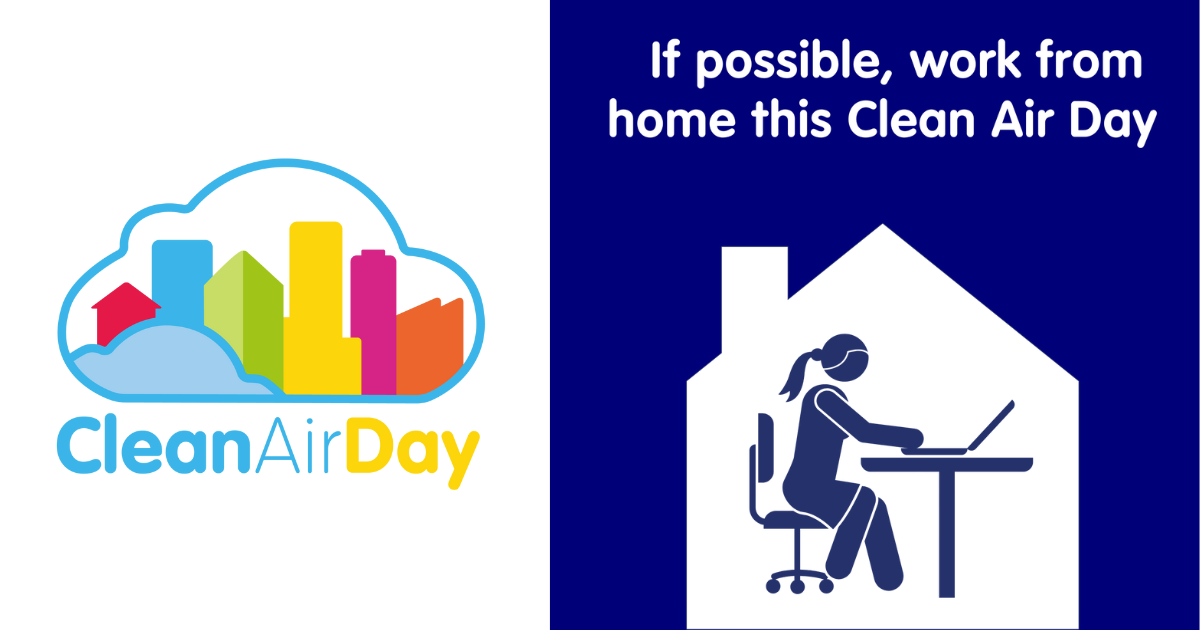Out with the old, in with the new.
From adjusting the lighting to booking a desk or ordering a drink from the staff restaurant, technology has widely integrated into the workplace. Smart offices have rapidly become a reality due to sensor technology, internet of things connectivity, data analytics and artificial intelligence. As workers mark their grand return to the office, facilities managers and landlords turn their focus on sustainability, energy efficiency and the health of building occupants. Enter smart buildings.
The core of smart buildings is an integrated smart technology system which allows greater control over the buildings environment and operations, fostering productivity, improved performance and overall well-being of occupants. Smart buildings deliver energy cost savings, space optimisation and minimising the environmental impact of buildings.
But how can building owners appeal smart buildings to tenants?
Building managers and landlords need to have some kind of label to share with the world on how smart their smart building is. With Smart Building Certifications they can measure aspects on connectivity, efficiency and lots more
What are Smart Building Certifications?
With the spotlight shining brightly on smart buildings, building managers are opting to benchmark and certify sustainability. Smart building certifications provide a formal standard on what constitutes a ‘smart building’ and guidance on how to achieve that status. As is the case in all industries, official accreditations exist to classify what success looks like, how to attain it, and to hold people accountable for what they are promising. Through a standardised and recognised measurement, we get peace of mind that a smart building really is that – smart.
Why a Smart Building Certification Should Matter To You?
A smart building certification can provide a strong form of differentiation and give you an upper-hand against your competitors. How exactly? The answer is two-fold. Firstly, the process of attaining a certification helps you to truly understand and quantify your building’s performance. A third party audit provides a truly objective synopsis of the data and can help validate your current understanding. Secondly, the certification provides the platform and peace of mind to promote your workplace and shout-out about your unique benefits.
The below list, while not all-inclusive, outlines several tangible ways in which a certification can help your business:
- Reduce costs: Up there with all facility manager’s priorities are operating costs. While the certification itself won’t magically reduce costs, the process of attaining one may. Objective feedback and guidance may lead to new processes which may make your building one, smarter, and two, cheaper. After all, according to Gartner, smart buildings can reduce operating costs by up to 30 percent.
- Attract tenants: Being able to promote your building as smart could be crucial to winning new tenants. JLL Research showed that energy-efficient buildings achieved “8 to 35 percent higher rental income and 9 to 18 percent higher occupancy rates.”
- Attract and retain employees: Research conducted by EY found that “82 percent of millennials claim that workplace technology would influence them when deciding to take a new job.” The process of attaining certification can bring about new insights about employee well-being, while the stamp itself can be used in promotional activities, such as job postings.
- Measure sustainability: Feeding into all of the above, sustainable buildings naturally reduce costs and are a key priority to tenants and talent alike. Gone are the days where simply ‘claiming’ to be sustainable was enough – employees want tangible action. A smart building certification can be that badge of honour to prove that you are taking steps to become more sustainable.
While many may think of certifications or accreditations as an unnecessary expense, the above reasons may persuade you to see the other side of the coin: a smart building certification is a strong value-add and a smart long-term investment.
The Key Industry Accreditations:
There are two most leading smart building accreditations: ‘SmartScore’, and ‘Smart building Certification’. In addition, several other certification bodies reward more specific benefits of smart buildings. WELL and LEED are two we focus on below, but there are many others.
SmartScore: SmartScore is a part of WiredScore – a global certification that rates a building’s digital infrastructure, connectivity, and technological capacity. SmartScore is specifically the Smart building arm of WiredScore. The criteria which SmartScore measures buildings are those that “deliver an exceptional user experience, drive cost efficiency, meet high standards of sustainability and are fully future-proof”.
Smart building Certification (SBC): SBC is another smart building specific certification that focuses not on the data alone, but the tangible improvements that are continuously made to the building. The certification focuses on five key pillars: Building Usage, Building Performance, Building Environment, Health/Safety/Security, and User Behaviour & Collaboration. There is a ranking scale from Bronze through to Platinum which results from an aggregated ranking of the above criteria.
WELL: Although the WELL building standard does not encompass all aspects of a smart building, it does attempt to certify the aspect that matters most to your employees: the health & wellbeing of the people who work in the building. The criteria which WELL uses focuses on many Smart building fundamentals, such as employee environment (including air, light, temperature), water quality, sound levels and workplace materials/wastage, while also valuing other aspects – such as the ability of the building to foster community or help with mental health/restoration.
LEED: LEED, or Leadership in Energy and Environmental Design, is a certification focused specifically on sustainability. Unsurprisingly there is a lot of overlap between WELL, with the criteria tracking performance in energy, water, waste, transportation, indoor air quality, toxin-free environment, and occupant satisfaction. Like SBC, there are various levels of accreditation, ranging from Certified to Platinum.
How Spica Tech Can Help:
While the goal of making your building ‘smart’ should not be the accreditation itself, certifications do give a concrete benchmark to focus your efforts, while also coming with tangible benefits. However, figuring out how to attain one can be a daunting first step. As a workplace experience platform, GemEx provides a full 360 offering that will give you the perfect foundation. From the monitoring of occupancy levels to air quality, thermal comfort to smart cleaning, and sound compliance management for healthy water, our proprietary GemEx platform can give you invaluable insights into your workspaces.
With these systems in place, GemEx will not only give you the data and insights to make meaningful improvements but will also set you on your way to your smart building certification.
Book a demo now to see how we can help you. Our Digital Workplace Consultants will be happy to answer any questions you have.













